Public asset now a free land bank for government
The Malinauskas Government has reversed pre-election commitments and will build a new hospital on park lands. Former Labor minister Chris Sumner says politicians are back to a help-yourself-to-free-land stage.
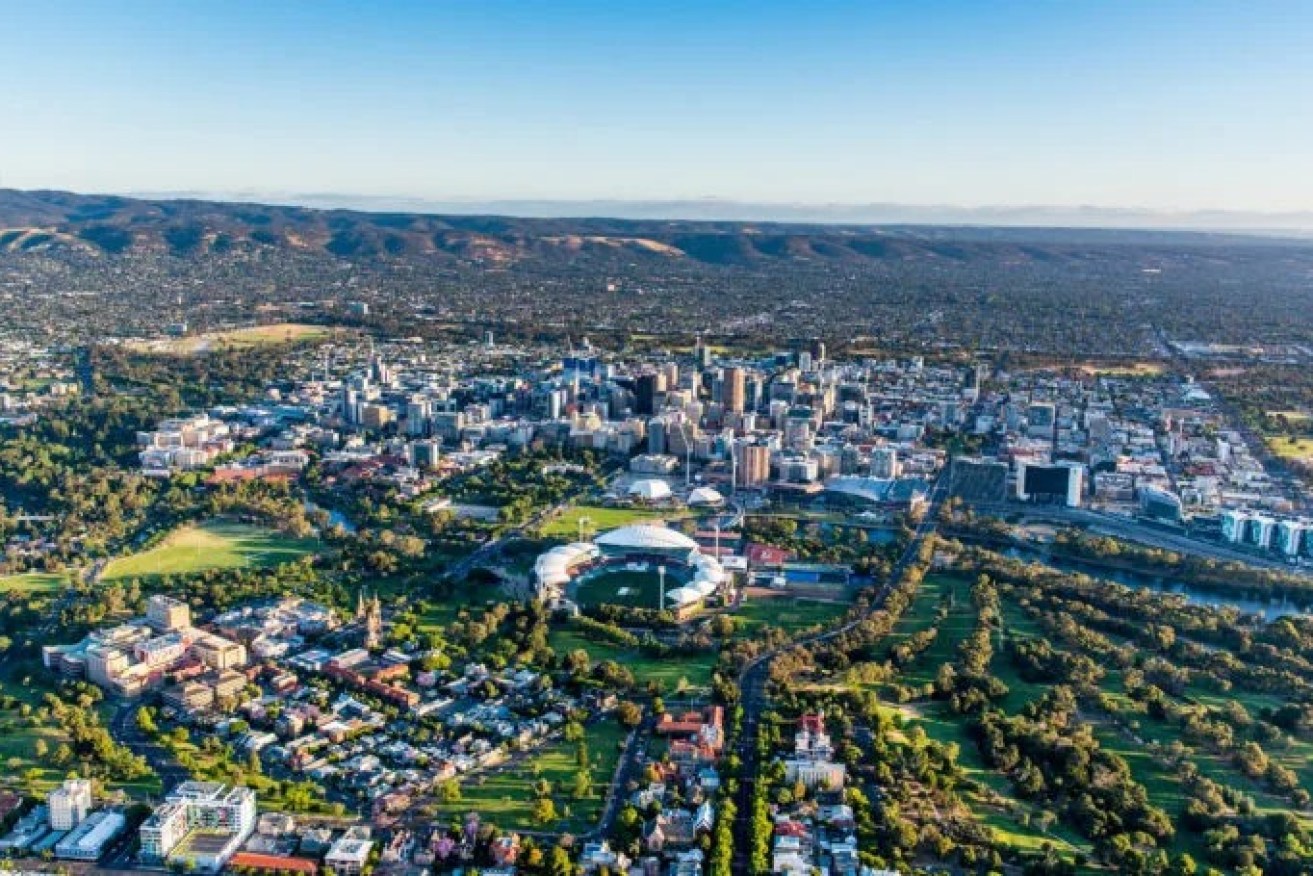
Photo: Airborne Media
South Australia’s major political parties need to decide what they want the Adelaide park lands to be, and how serious to take the state’s heritage.
At present we are going through a free land bank phase. Historically it was easy and cheap for the State Government to acquire park lands for a wide range of mainly public purposes including the Museum, Art Gallery, University and railway lines. While most were worthy projects, they diminished the original area allocated to open space park lands for public health and recreation purposes envisaged in Colonel Light’s plan and which had provided inspiration internationally for the Garden City Movement.
By 1985, of the original 930 hectares nominated as park lands in the original Colonial Light plan, only 690 hectares remained under the control of the Adelaide City Council.
For example, in 1951 Adelaide Boys High School had outgrown its CBD location and a new school was built on park lands; the land was free. There were no effective planning laws to govern further encroachments. In the late 1960s, the Dunstan Labor Government introduced innovative urban planning laws and also ensured that the Hills Face Zone was saved from housing development. It also became apparent to both Labor and Liberal parties that the free land bank approach to development on the park lands had to change if they were to be preserved for their original purposes.
It is not just about historical purposes: climate change and policies to increase population in the CBD and inner suburbs mean there should be more green space, not less.
The City of Adelaide Plan adopted in 1976 with the support of the Adelaide City Council (ACC) – not usually identified with pro-Labor leanings – aimed to increase the net area of the park lands by all levels of government as and when the opportunities arose, and to investigate the possibility of returning, in planned stages, alienated areas to public recreation use.
In 1977, all Government agencies occupying park lands were required to provide a timetable to vacate.
The policy of the Bannon Labor Government in 1985 was to minimise any further alienation of the park lands and restore alienated land as current uses reached the end of their economic life. Planning Commissioner Ken Tomkinson was commissioned to examine the opportunities for returning land occupied by Crown agencies to park lands use.
He initially identified two areas. The first was the STA Hackney Bus Depot site which was substantially returned to park lands, including the Botanic Gardens. The second was the SA Police facility at Thebarton. He recommended it be relocated to an identified site. The exception to the relocation was the “Mounted Cadre, the Police Museum and the Police Band.”
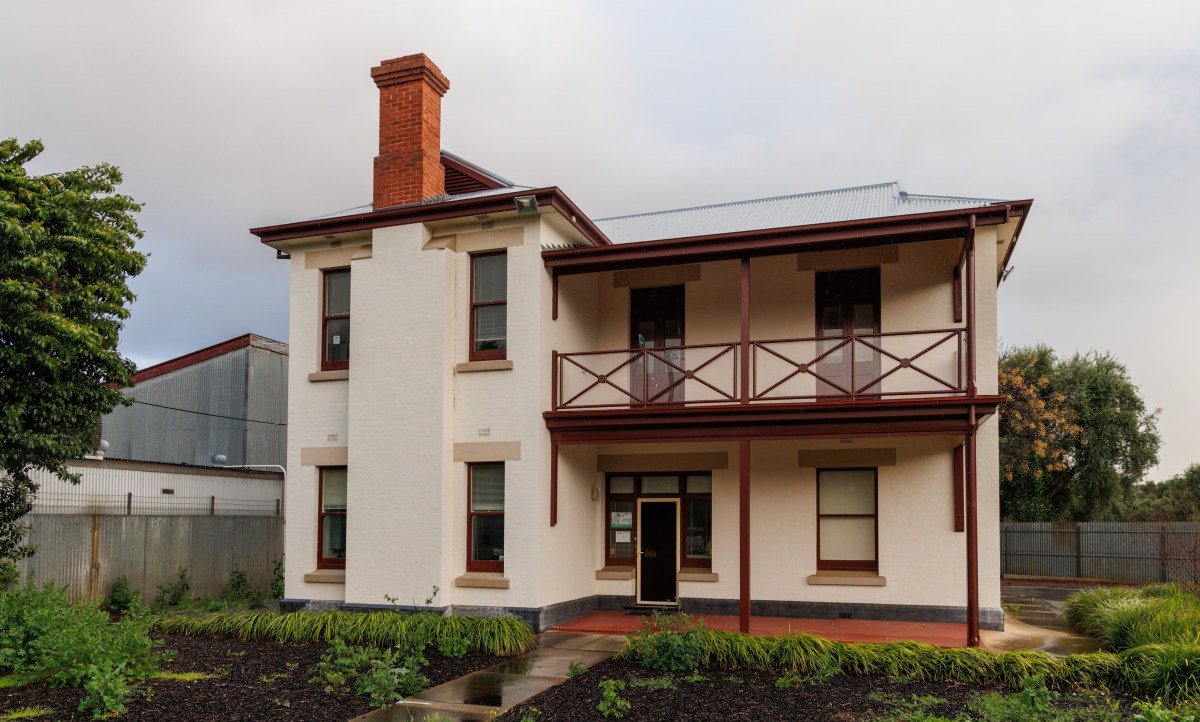
One of the heritage listed buildings at Thebarton police barracks now facing demolition with the site to be used for a hospital. Photo: Tony Lewis/InDaily
Tomkinson concluded that “a considerable area of alienated north-west Parklands will revert to public use.” There was the possibility of preserving the heritage buildings and expanding open space. Regrettably, this did not happen.
In the lead-up to the 2002 election, Labor identified the seat of Adelaide as vital to its prospects. By this time, the Labor party was rigidly factionalised but Mike Rann (who was non-factional) made a captain’s pick and prevailed on the Lord Mayor of Adelaide Jane Lomax-Smith to run in Adelaide. Lomax-Smith was a committed Dunstanite and a great advocate for park lands and heritage protection and planning laws that enhanced residential amenity and supported communities.
With the full support of the Labor Party, Lomax-Smith – assisted by former Deputy Premier Frank Blevins – ran heavily on these issues. Detailed policy documents were prepared. It was repeatedly made clear that Labor would not build a permanent grandstand in Victoria Park as had been suggested by the Olsen Liberal Government. Lomax-Smith won. Had she not done so then Rann would not have become Premier or Kevin Foley Deputy Premier and there would not have been 16 years of continuous Labor Government.
In January 2003, the Adelaide Parklands Management Working Group which included representatives from the ACC released Managing Light’s Vision: options for the management of Adelaide’s Parklands.
The options were based on Labor’s election policy: A Greener City, Labor’s Plan to Save Open Spaces and our Parklands. These included:
- Ensuring the park lands were protected from inappropriate future development.
- A prohibition on the State Government using Major Project Status to impose developments in the park lands.
- Establishing a program for identifying alienated land suitable for return to park lands and a timetable for its return over a longer term.
- An independent body with a “charter to maintain, preserve and enhance the Adelaide park lands as green space, open and accessible to the public”.
- Support for suitable special events but under the strictest conditions requiring the prompt restoration of the park lands after the event and to introduce tough penalties for events that fail to clean up adequately and on time.
- Making Adelaide’s park lands a showcase of world’s best practice in landscape architecture, green space and public garden design to encourage greater use of the park lands for leisure and recreation.
- Support for the placement of the unique park lands on appropriate heritage and national estate lists including potential World Heritage Listing.
The Government and ACC identified the following, among others, for priority return: land occupied by the SA Water Depot at Thebarton, and part of the land around the Thebarton Police Barracks. The first was successfully achieved by the Rann Government in what was the last substantial return of alienated land to park lands. Again, no action was taken on the second and the intended open space will now be taken over by the proposed Women and Children’s Hospital.
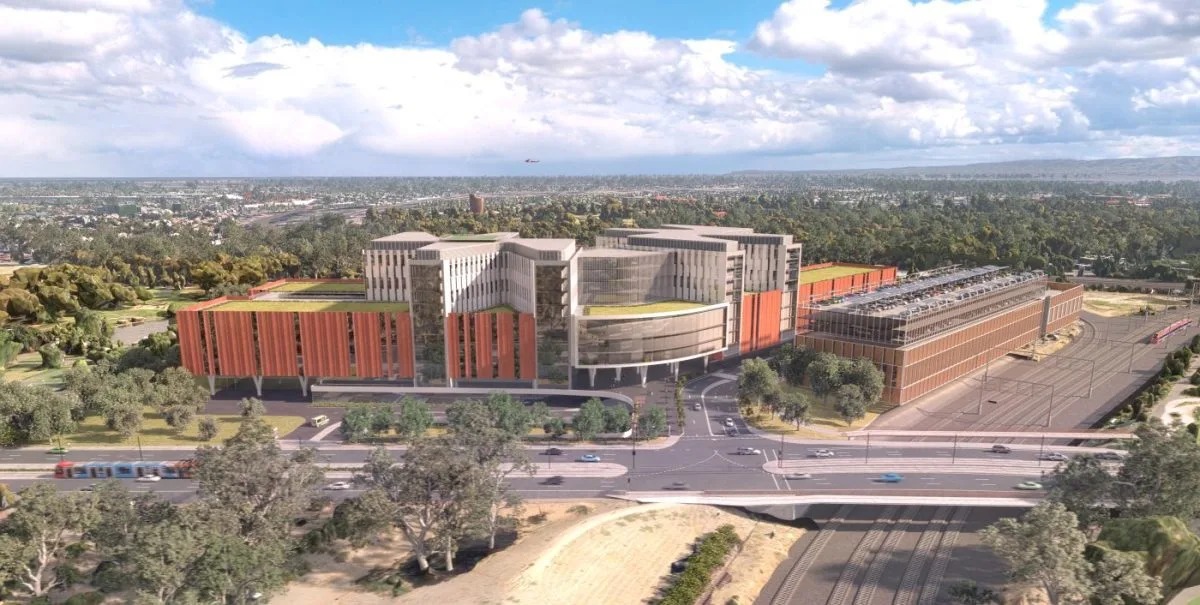
Render of the proposed new Women’s and Children’s Hospital on park lands. Image supplied by State Govt.
The Adelaide Park Lands Act 2005 enshrined principles for the management of the park lands, and the Adelaide Park Lands Authority involving the State Government and the ACC was established. This was the high point of the priceless asset view of the park lands which had prevailed for three decades. It was not to last.
In 2006, Labor won the election convincingly and Lomax-Smith was no longer needed to ensure Labor remained in Government. Deputy Premier Kevin Foley, contrary to Labor’s policy and specific commitments, proposed the construction of a substantial permanent grandstand in Victoria Park to support motor and horse racing. This placed Lomax-Smith in an untenable position and involved a major breach of trust. Rann stepped in and overruled his deputy. But the damage had been done and, despite her vigorous opposition to Foley’s proposal, Lomax-Smith’s standing took a hit. She lost her seat of Adelaide at the 2010 election.
The hit was not just to her personally, but to the idea of open space park lands to which she and Labor had been committed. Foley recently said that after his proposal was dropped he instructed the Motor Sport Board to take as long as they liked to erect and dismantle the temporary stands, again directly against Labor policy.
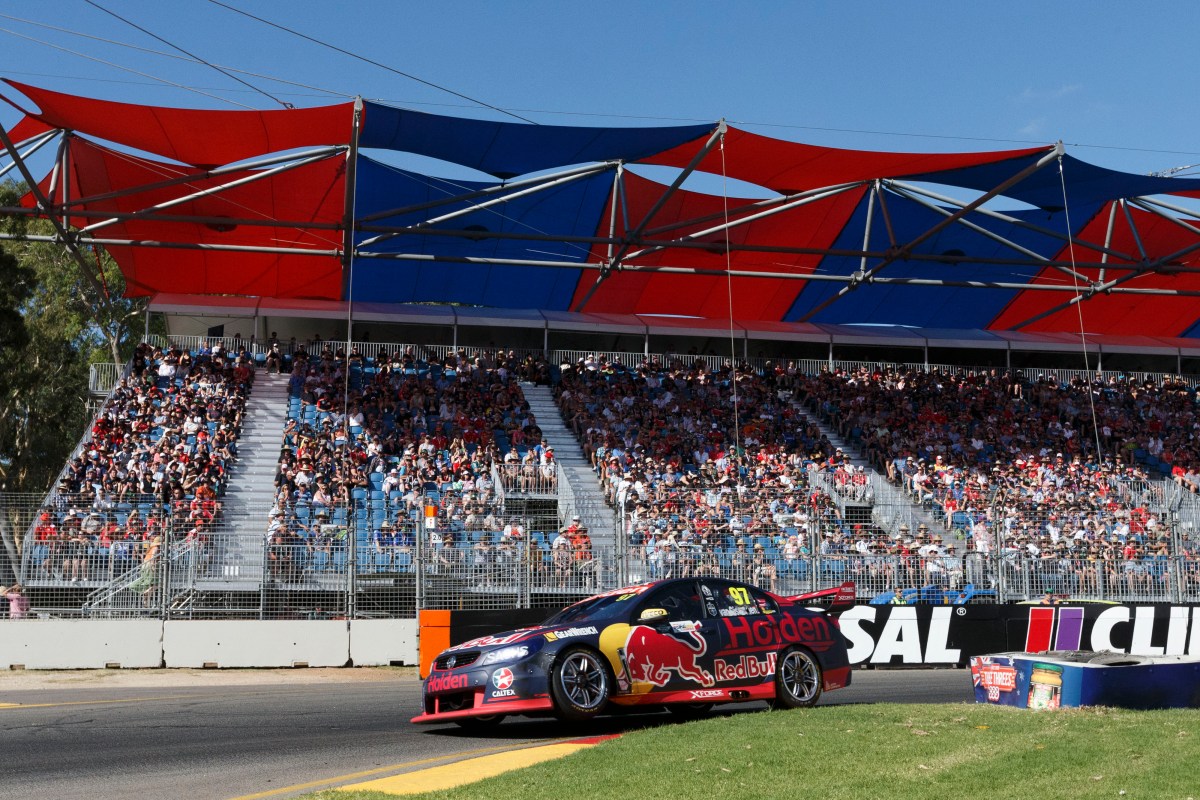
A temporary Supercars grandstand erected in Victoria Park. Photo: Mark Horsburgh/AAP
Labor moved the Royal Adelaide Hospital to the West End on park lands but at least on their edge and on a little used space intersected by a railway line. The expectation that some of the old RAH site would revert to park lands has not happened.
Instead of moving the RAH, the Liberal Party proposed a large sporting stadium with a luxury hotel for the site. The free land bank idea was re-emerging.
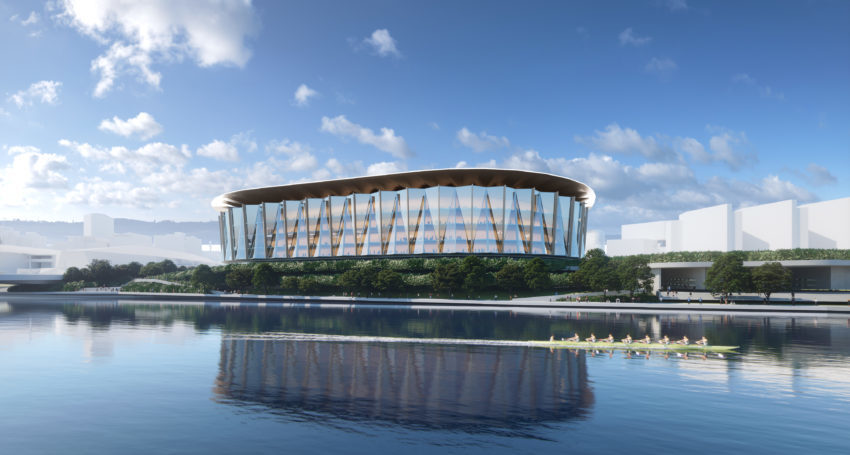
The Marshall Goverment’s proposed Riverbank Arena on the Torrens. Image supplied
The Liberal Party had learned Labor’s lesson about how to win seats like Adelaide. Rachel Sanderson won in 2010 on a pro-park lands and heritage policy. Despite this, the Marshall government proposed rezoning a substantial part of the Riverbank precinct for commercial purposes. Substantial buildings would have been permitted on park lands had this proceeded.
At the 2022 election, it was Labor’s turn to win Adelaide on an energetic policy supporting the park lands, heritage protection and a modification of the planning laws introduced by the previous Weatherill Labor Government. The location of the Adelaide Football Club on the site of the Aquatic Centre was opposed, as was the Liberal proposal for a sporting and entertainment centre on Mayo Park. Labor was clear about the desirability of maintaining open space park lands. Specific commitments were made about the protection of heritage buildings.
Instead, the major parties are reasserting the free land bank view of the park lands. A substantial area of what could have been open space park lands will now be built over for the new hospital. The government has produced legislation to demolish heritage buildings. Labor has also withdrawn its pre-election support to place the park lands on the state heritage list by way of legislation.
The SA public need to decide whether the view of the park lands as a priceless asset should give way to matters of cost and convenience.
Chris Sumner was a minister in the Corcoran, Bannon and Arnold Labor Governments.




